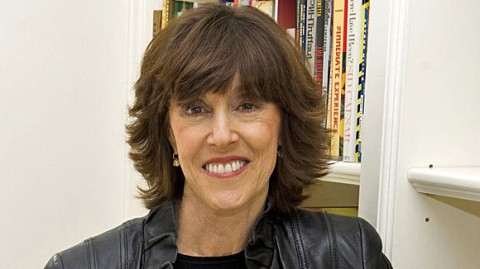David Brooks, the sage New York Times op-ed writer, begins yesterday’s thought piece, The Power of the Particular, with these lines:
They say you’ve never really seen a Bruce Springsteen concert until you’ve seen one in Europe, so some friends and I threw financial sanity to the winds and went to follow him around Spain and France. In Madrid, for example, we were rewarded with a show that lasted 3 hours and 48 minutes, possibly the longest Springsteen concert on record and one of the best. But what really fascinated me were the crowds.…
Here were audiences in the middle of the Iberian Peninsula singing word for word about Highway 9 or Greasy Lake or some other exotic locale on the Jersey Shore. They held up signs requesting songs from the deepest and most distinctly American recesses of Springsteen’s repertoire.
The oddest moment came midconcert when I looked across the football stadium and saw 56,000 enraptured Spaniards, pumping their fists in the air in fervent unison and bellowing at the top of their lungs, “I was born in the U.S.A.! I was born in the U.S.A.!” Did it occur to them at that moment that, in fact, they were not born in the U.S.A.?
Brooks goes on to explain this phenomenon by introducing the psychological concept of “paracosms,” which describes the creation of powerful fantasy worlds. And he suggests that only the most distinctive artists, the ones who come from a truly particular place, can create this special connection with fans. Springsteen does just that. But part of his appeal is sometimes his transcendence — his ability to transcend his own music and embrace the universal spirit of rock ‘n roll. Case in point: The Boss singing The Beatles classic “Twist and Shout” in Florence earlier this month. It’s raining, raining hard, but did anyone notice?
Thanks to Wired writer Steve Silberman for flagging that clip for us.…


